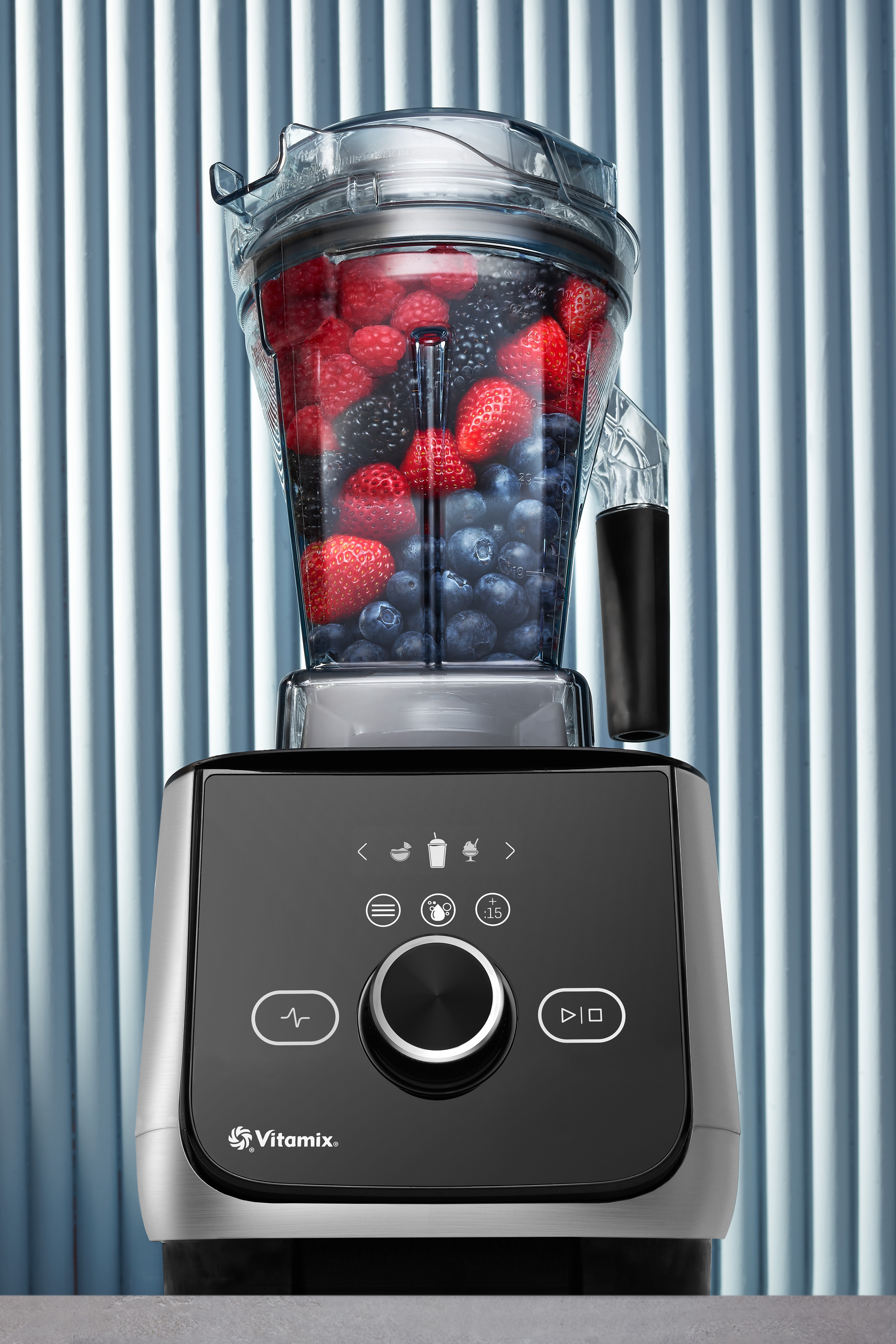When you're caught up in the middle of your nightly rush, the arrival of a guest with a food allergy can feel like an eye-rolling inconvenience. That's understandable but shortsighted, given that allergy-friendly restaurants stand to profit from the estimated 15 million Americans who have food allergies. Not only are allergy-friendly restaurants safer places to eat, but they often build an intensely loyal base of guests. Whether you embrace allergen awareness as a growth strategy or accept it as a liability-driven necessity, a relatively modest set of best practices can help you achieve your goal. Here's what you should know.
Start with Your Menu
The first point of contact diners have with your establishment is usually the menu, whether they read it at the table or on your website. The U.S. Food and Drug Administration's new nutritional guidelines for menus are now finalized, and will go into effect in May 2017. They won't apply to you directly if you operate fewer than 20 restaurants, but as diners come to expect this more detailed level of information, it's good business to follow suit. Allergens aren't explicitly covered in the new legislation, but you can easily mention them on your website and in your new menu without much additional effort. If your circumstances make it impossible to guarantee an allergen-free meal, consider using a disclaimer that's similar to those used by chain restaurants. Here are some additional tips in regard to your menu:
-
Know what you're serving.
Start by reviewing your recipes, making a note of each common allergen. Don't overlook packaged ingredients or seasonings, which often include multiple allergens. If the packaging doesn't contain allergen warnings, that information should be available from either the manufacturer or your wholesaler. Follow the same guidelines for any prepared products you serve, and if necessary, ask your suppliers about alternative products.
-
Share the knowledge.
Once you understand which allergens are present in your dishes, start including that information on your menu. You may opt to include symbols for specific allergens, such as "S" for soy or "G" for gluten, or to mark dishes that are, or can be, free of those allergens. Creating a separate menu for common requests, such as gluten-free food, is another good alternative. All of this information should also go on your restaurant's website or social media pages.
-
Encourage interaction.
Diners should see a reminder about food allergies on every page of your menu, encouraging them to speak to a server before ordering. Your website or social media pages can take this a step further by advising guests to call in advance with any special requirements.
Train and Prepare Employees
Responsible restaurant owners pay close attention to temperatures, cross-contamination, and spoilage, and food allergens are simply one more risk to manage. Beyond that minimal requirement, you should focus more on providing a great dining-out experience for your guests with allergies. If you're knowledgeable and attentive to your guests' needs, you'll earn their loyalty and trust in return.
When possible, seek out professional allergen training for key personnel and rely on them to train other staff members and troubleshoot your allergen procedures. Training is available from numerous sources, including the National Restaurant Association's ServSafe program. You can also find excellent handouts for staff and guests through The Food Allergy and Anaphylaxis Network. Commit your procedures to paper once they're finalized, and have them available to staff at all times.
Handle Guest Requests the Right Way
Ideally, every staff member should be educated on how to deal with allergies, but turnover can make that a difficult goal to achieve. Designating your trained staff members to handle any allergen requests is usually a more practical option. Whether they're a server or cook, these employees should be able to discuss the available options directly with every guest who has allergies. Teach them to always ask questions if they are unsure about a diner's question. Bluffing, or being "almost sure," can lead to a sick and potentially litigious diner. Consider providing a binder listing all potential allergens in each menu item rather than asking employees to rely on their memory.
Safely Prepare Foods in the Kitchen
Order tickets for allergy-specific meals should always be visibly different from regular tickets. Your ticket-printing system might be able generate a banner on the ticket, or you could go with handwritten tickets for special orders. Even using a highlighting pen in a specified color can work, as long as these tickets are clearly distinguished from regular meals. Your cooks should also be working with freshly cleaned pans and utensils, and freshly washed hands. Don't use equipment (grills or fryers) that has been exposed to the allergen, or work in any areas where the allergen has been. Garnishes and ingredients should be freshly cut, and make sure to close any containers to avoid cross-contamination.
Have a Plan for Serving Meals
When a meal is ready for a patron who has an allergy, it shouldn't be delivered alongside regular meals. Have a designated front-of-house employee carry that dish to the table separately, with freshly washed or gloved hands. If the dish includes toppings, sauces, or garnishes that are to be added at the table, those should be prepared and sent out in the same way as the dish.
Respond Appropriately to Allergic Reactions
If a guest reports an allergic reaction, despite your best efforts, it's important to respond appropriately. Warn your staff not to be dismissive or defensive, and instead, immediately call for medical assistance. Don't prompt the guest to stand or leave, which can aggravate a serious response. Have a responsible staffer immediately review the meal's preparation to identify (if possible) where and how the contamination occurred, and then document the results. This is crucial information to help you avoid repeating the problem, and dealing openly and in good faith with the diner can go a long way toward mitigating hard feelings.



